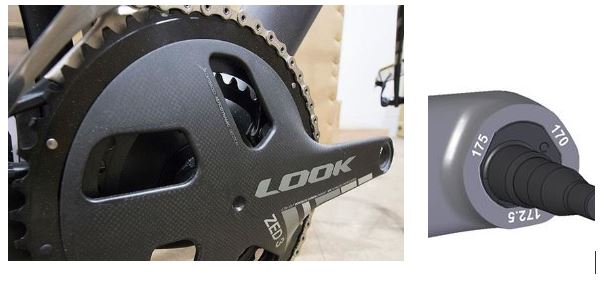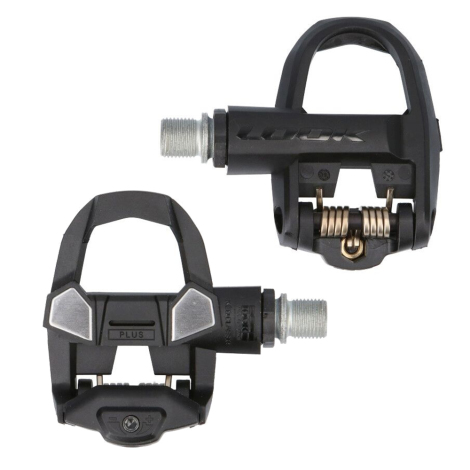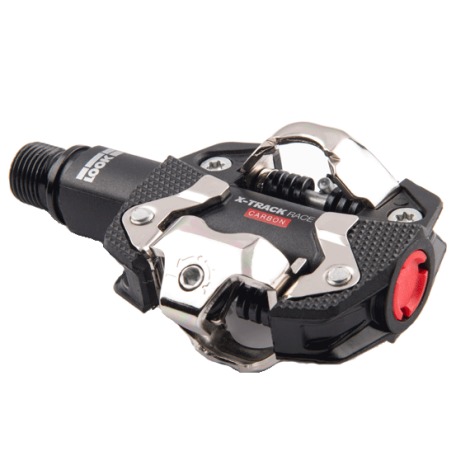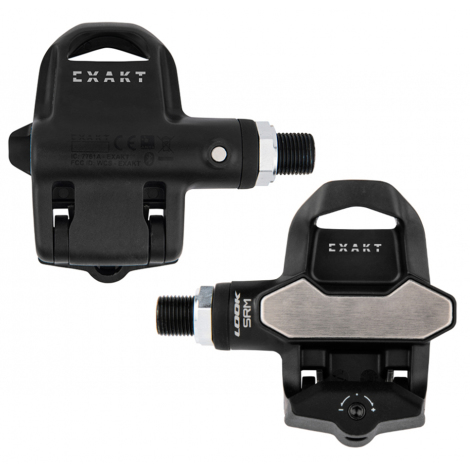Few bike brands have helped evolve bike riding in recent times as much as French firm Look. Whether creating innovative solutions or edgy designs, Look have always had the skill to turn riders heads with that certain French ‘je ne sais quoi’…
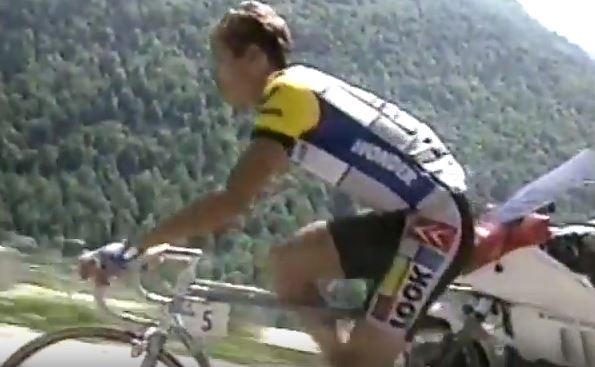
Balls to a Broken Leg
Look began making ball bladders in Nevers, France in the early 1950’s. Owner, Jean Beyl, was a keen skier and it was when he suffered a broken leg, that he came up with a solution which would transform first skiing and then cycling forever. The Look N17 Ski binding was their first ‘fracture proof’ Ski release mechanism.
Look back through History
We should all be grateful to Look for one key development in cycling – the clipless pedal. While Cinelli invented the clipless pedal in 1970 with their M71, it was 14 years later when the French brand Look launched their first clipless pedal design and began to transform how riders pedal. Look’s early designs looked fairly controversial to the conservative world of cycling. They looked, ‘plasticy’ and cheap compared to the smooth polished elegance of Campagnolo Super Record pedals. However once the brand signed up Bernard Hinault as their first brand ambassador, acceptance quickly grew for the clipless pedal. Hinault won the 1985 Tour De France using Look PP65 Clipless pedals and riders all over the world took notice.
Look Familiar?
Even the early design of the PP66 pedal and cleat, appears broadly similar to the latest version of the Keo Classic 3. Look pulled off the rare trick of getting the design pretty well ‘bang-on’ first time.
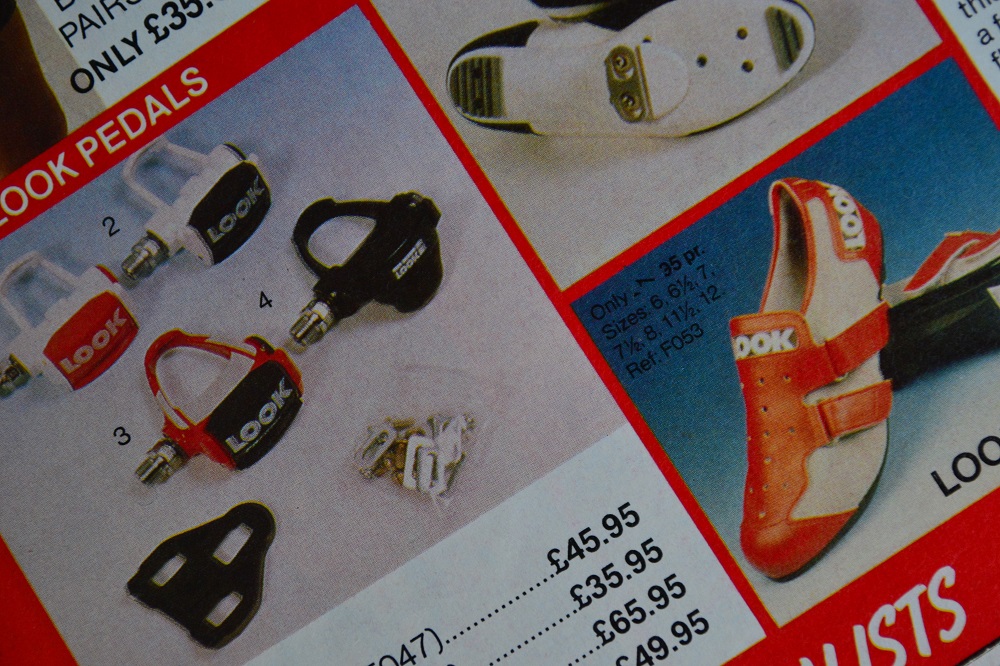
Mid 80’s Transformation
Not content with just changing the way we pedalled in the mid 1980’s, Look was also keen to bring their carbon fibre technology into cycling too. 1986 was a year of firsts in the Tour De France – the first American winner, Greg Lemond, and the first Carbon Fibre frame to win. Look teamed up with fellow French firm TVT (Technique du Verre Tissé) to produce a bonded carbon frame to out perform the steel bikes of their era. The TVT carbon tubes were bonded together with alloy lugs and produced a frame and fork which brought the weight of a complete bike under 10 kg.
The mid 1980’s were boom times for Look. Their innovative pedals and frames were showcased in their sponsorship of the La Vie Claire team which featured an iconic jersey design to match their innovative equipment.
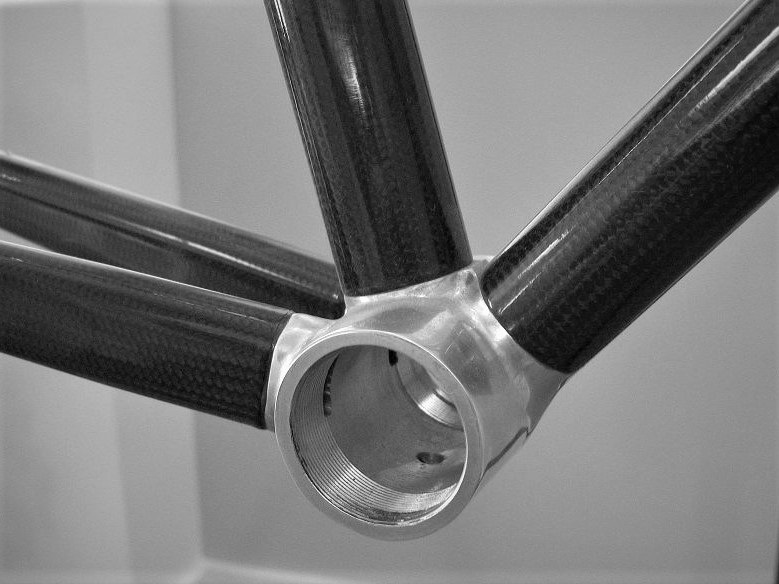
90’s Style
Progression through the 1990’s saw the KG196 Monobloc frame design offering a futuristic looking and fast frameset for the pro peloton, the track version was also very successful. The winning continued with riders such as Laurent Jalabert flying the flag for France and Look frames through into the turn of the century.
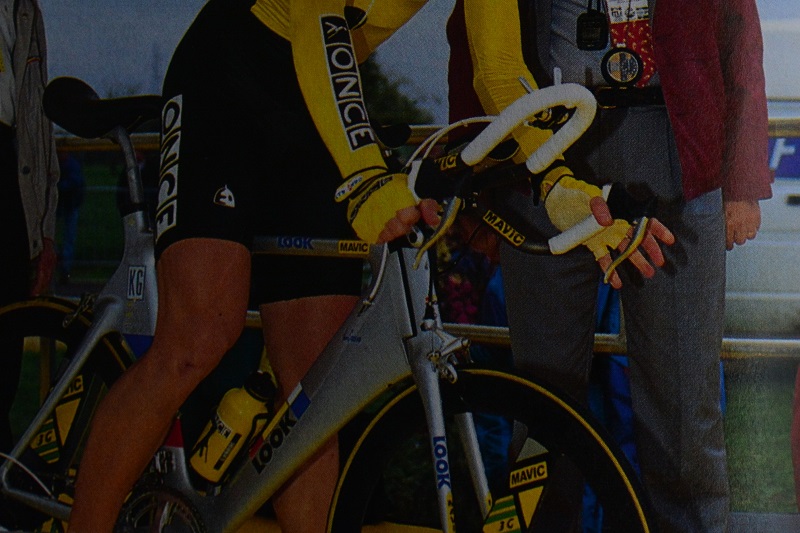
Classic Appeal
From the end of the nineties, Look sponsored the Credit Agricole team ensuring more media coverage and notoriety from supplying the bikes to one of the most successful teams of the era. Pedals evolved and included the Keo which featured a different cleat and only weighed 95 grams per pedal. Look track and road frames developed and continued their winning ways, including the Look 586 in 2007 which featured an integrated seatpost and a frame weight of just 940 grams. More recently the 795 was proclaimed as the most aero bike ever and contained 11 new design patents.
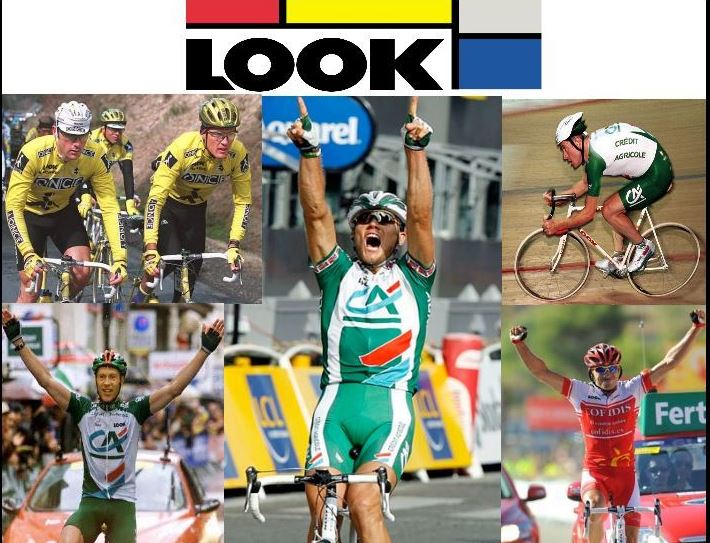
Grand Design
Never ones to shy away from an innovative and edgy design brief, Look have produced plenty to stand out and get noticed bikes over the last few years. Zed cranks, for example (below) feature pedal inserts allowing adjustment of crank length as well as having the crank arms, spider and bottom bracket axle moulded in one single piece.
